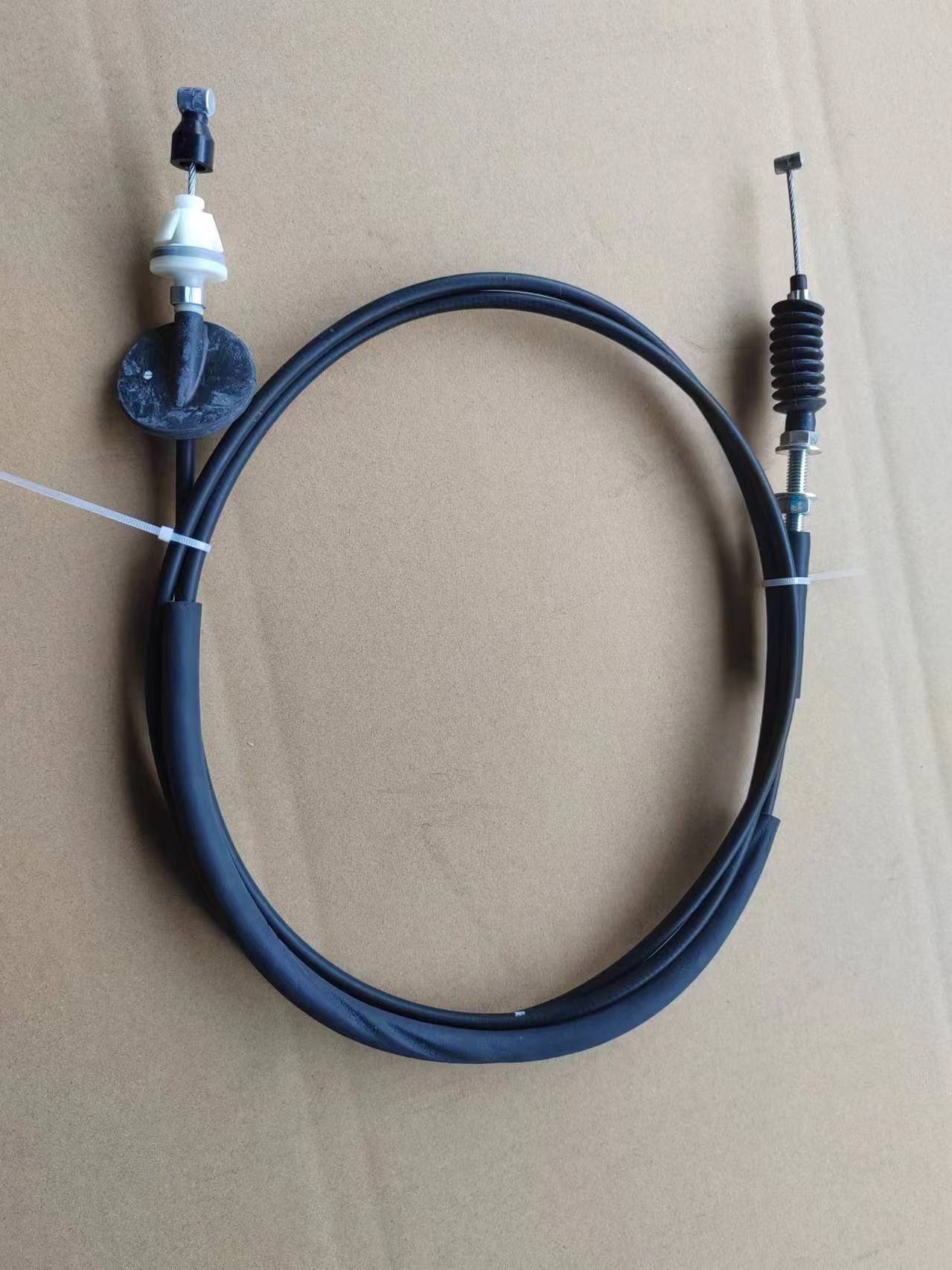fixing throttle cable
Fixing the Throttle Cable A Step-by-Step Guide
The throttle cable is a crucial component of your vehicle’s acceleration system, connecting the accelerator pedal to the engine's throttle body. Over time, this cable can wear out or become damaged, leading to issues such as unresponsiveness, erratic acceleration, or even total failure to accelerate. Fixing the throttle cable might seem daunting, but with the right tools and a little know-how, you can tackle this issue on your own. Here’s a comprehensive guide on how to fix your throttle cable.
1. Identify the Symptoms
Before you begin, it’s essential to understand the symptoms of a faulty throttle cable. Common signs include
- Difficulty in accelerating or decelerating - Sticking accelerator pedal - Unresponsive throttle when pressing the accelerator - Increased fuel consumption
If you notice any of these issues, it’s likely time to inspect and possibly replace your throttle cable.
2. Gather the Necessary Tools
To fix the throttle cable, you’ll need a few basic tools
- Screwdrivers (flathead and Phillips) - Wrenches or a socket set - Pliers - A replacement throttle cable (if necessary) - Lubricant (such as WD-40 or silicone spray) - Safety goggles and gloves for protection
Having these tools ready will make the process smoother and more efficient.
Start by locating the throttle cable. Typically, it runs from the accelerator pedal to the throttle body on the engine. To access it, you may need to remove some panels or other components in the way. This step can vary significantly depending on the make and model of your vehicle, so consult your vehicle’s service manual for specific instructions.
4. Inspect the Cable
Once you have access to the throttle cable, inspect it thoroughly. Look for any signs of wear, fraying, or damage. If the cable appears damaged or is sticky, it’s best to replace it entirely. If it seems intact but is simply dirty or sticking, applying a lubricant may solve the problem.
fixing throttle cable

5. Lubrication
If you opt for lubrication, use the spray lubricant and apply it along the length of the cable. Gently work the cable back and forth to help distribute the lubricant. Allow it to sit for a few minutes, then test the throttle response. If it operates smoothly, you might have resolved the issue without needing a replacement.
6. Replacing the Throttle Cable
If lubrication doesn’t help, or if the cable is damaged, a replacement may be necessary. Here’s how to do it
- Disconnect the Negative Battery Terminal Safety first! Disconnect the battery to avoid any electrical issues.
- Detach the Old Cable Use your wrenches or socket set to unscrew and detach the throttle cable from both the accelerator pedal and the throttle body. Take care to remember how it is connected for easier installation of the new cable.
- Install the New Cable Position the new throttle cable in place. Attach one end to the throttle body and the other to the accelerator pedal, ensuring that it moves freely and without obstruction.
- Adjust the Slack Ensure the cable has slight slack to allow for full throttle movement but not so much that it creates a delay in response.
7. Test Your Work
After installation, reconnect the negative battery terminal. Start the vehicle and test the accelerator. Ensure that the throttle responds properly and there are no unusual sounds or behaviors. Take it for a short drive to confirm that everything is functioning correctly.
8. Final Checks
After your test drive, check for any signs of wear or abnormal behavior in the new throttle cable. It's also beneficial to keep an eye on it over the next few weeks to ensure it remains in good working order.
Conclusion
Fixing a throttle cable can seem overwhelming, but with patience and the right approach, it can be a manageable DIY task. Regular maintenance and inspections of the throttle cable can help extend its life and keep your vehicle running smoothly. Always consult your vehicle’s manual for specific details related to your car’s make and model, and don’t hesitate to seek professional help if you feel unsure. Happy driving!
-
Upgrade Your Control with Premium Throttle CablesNewsAug.08,2025
-
Stay in Control with Premium Hand Brake CablesNewsAug.08,2025
-
Experience Unmatched Performance with Our Clutch HosesNewsAug.08,2025
-
Ensure Safety and Reliability with Premium Handbrake CablesNewsAug.08,2025
-
Enhance Your Vehicle with High-Performance Clutch LinesNewsAug.08,2025
-
Elevate Your Ride with Premium Gear CablesNewsAug.08,2025
